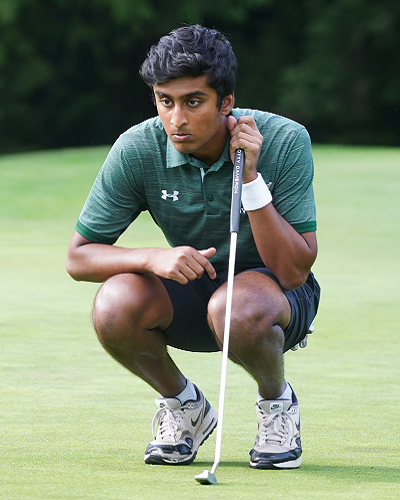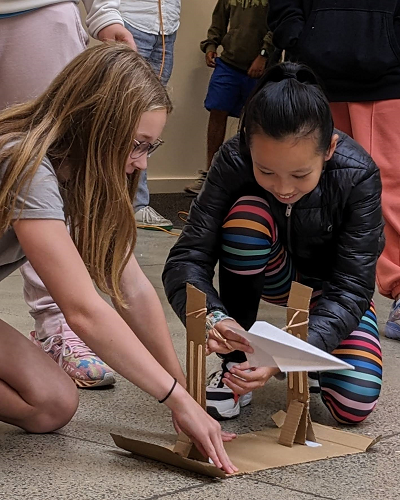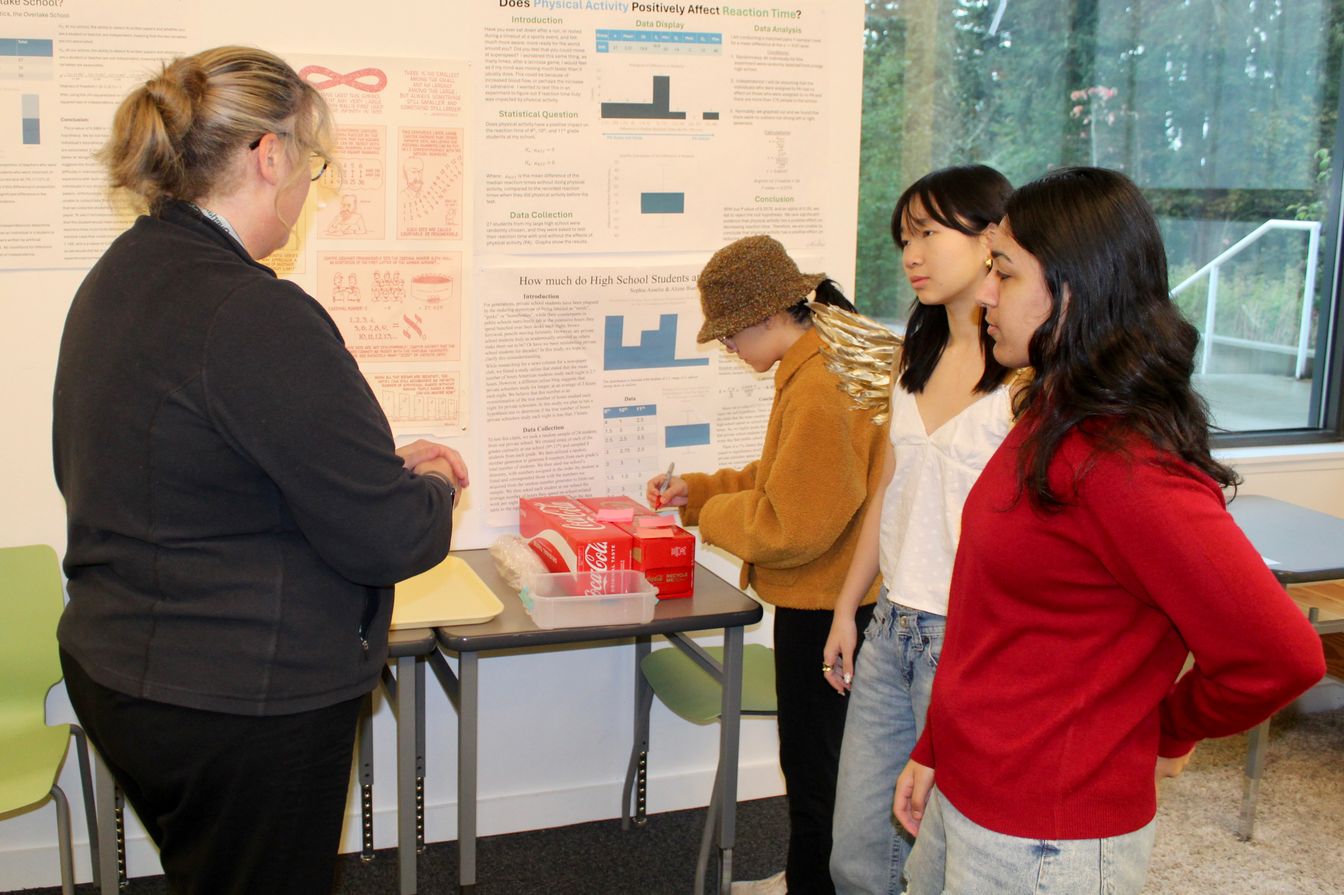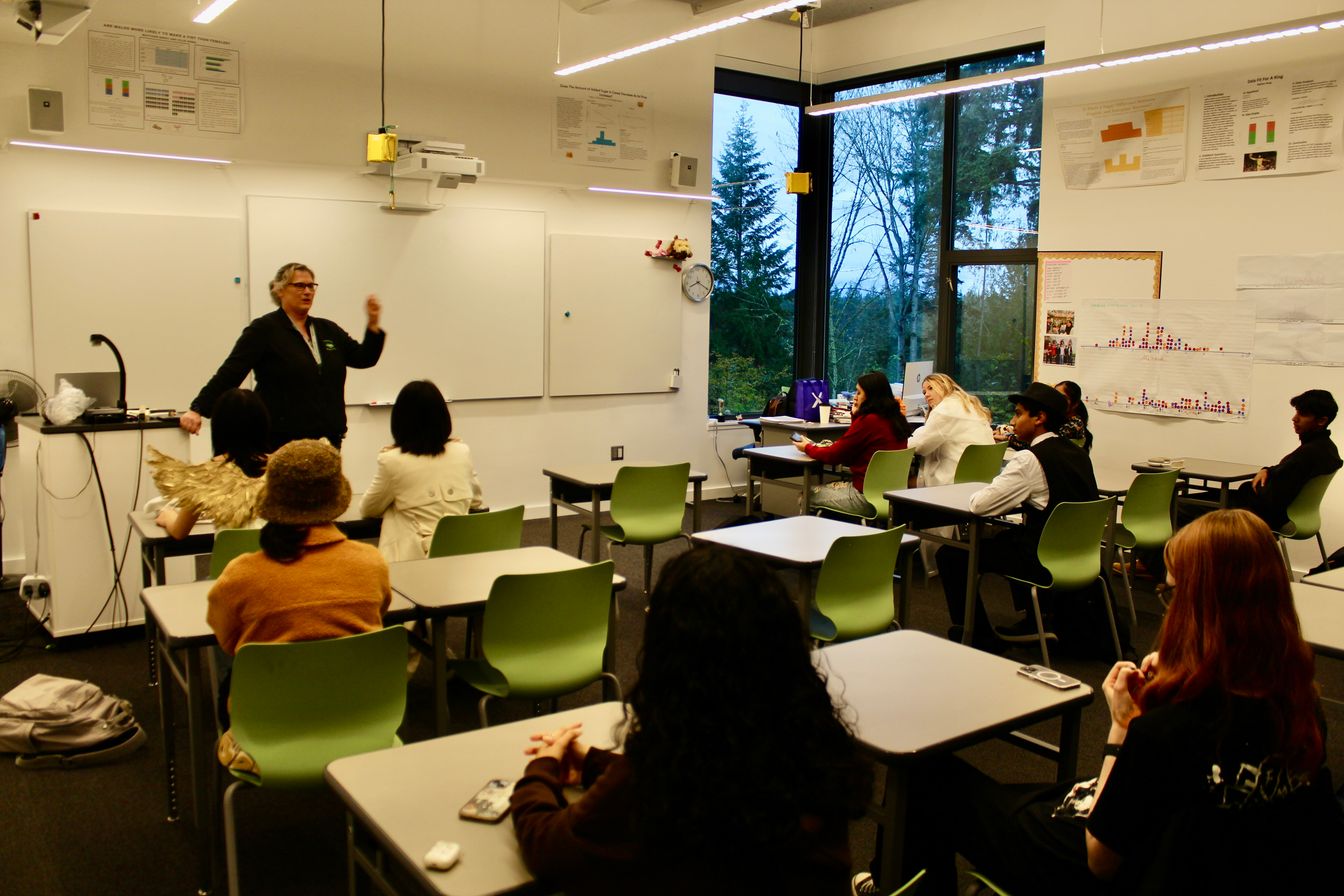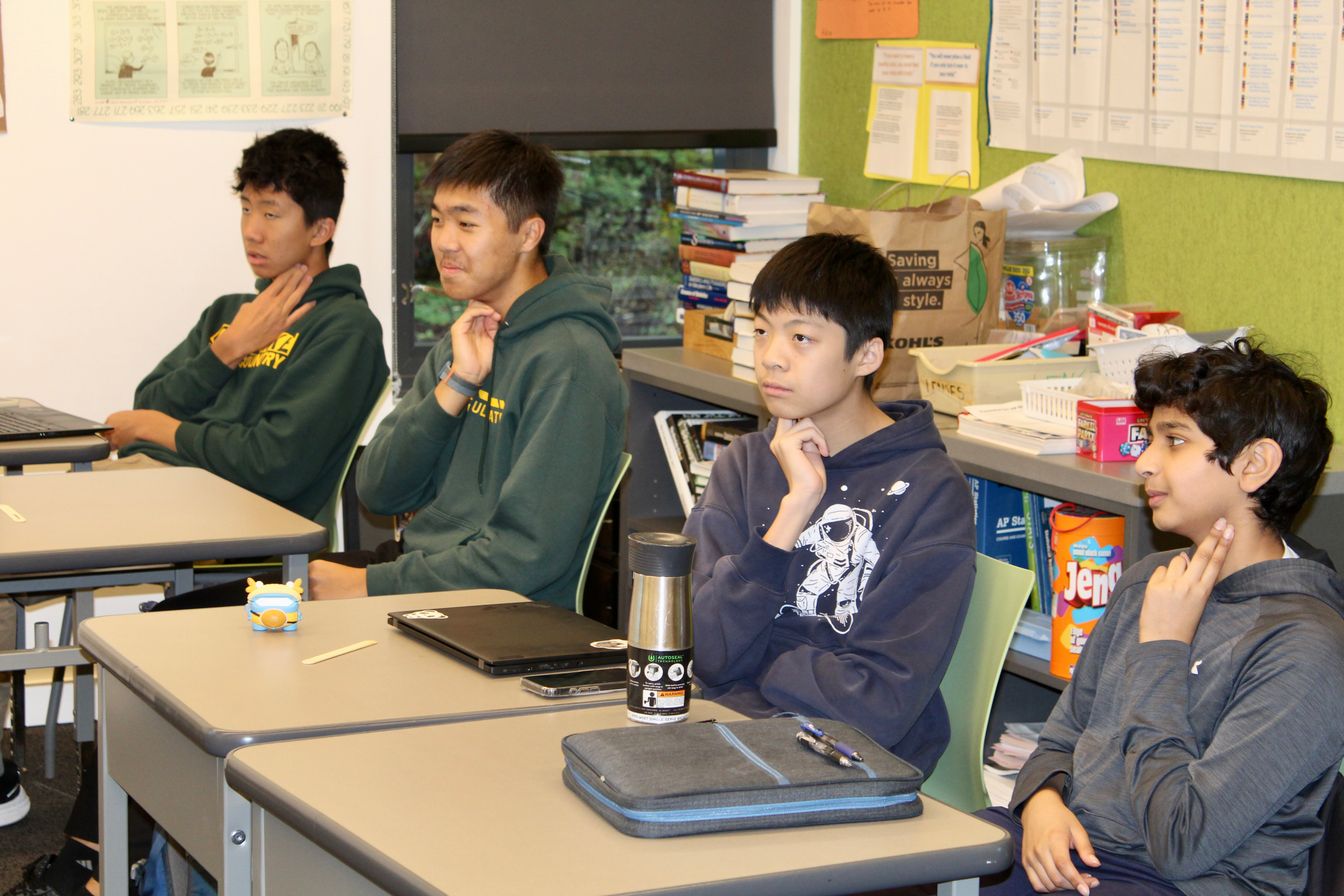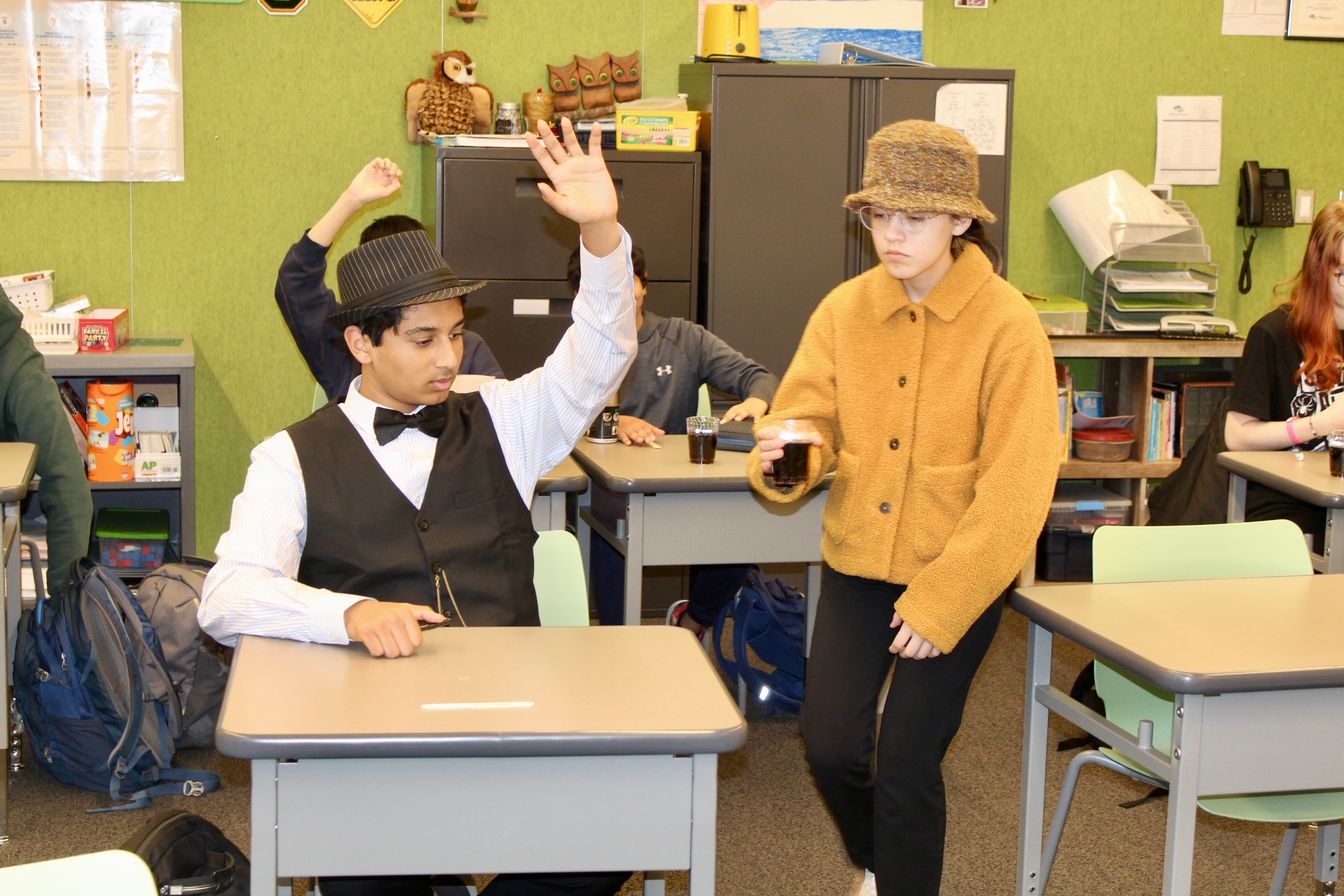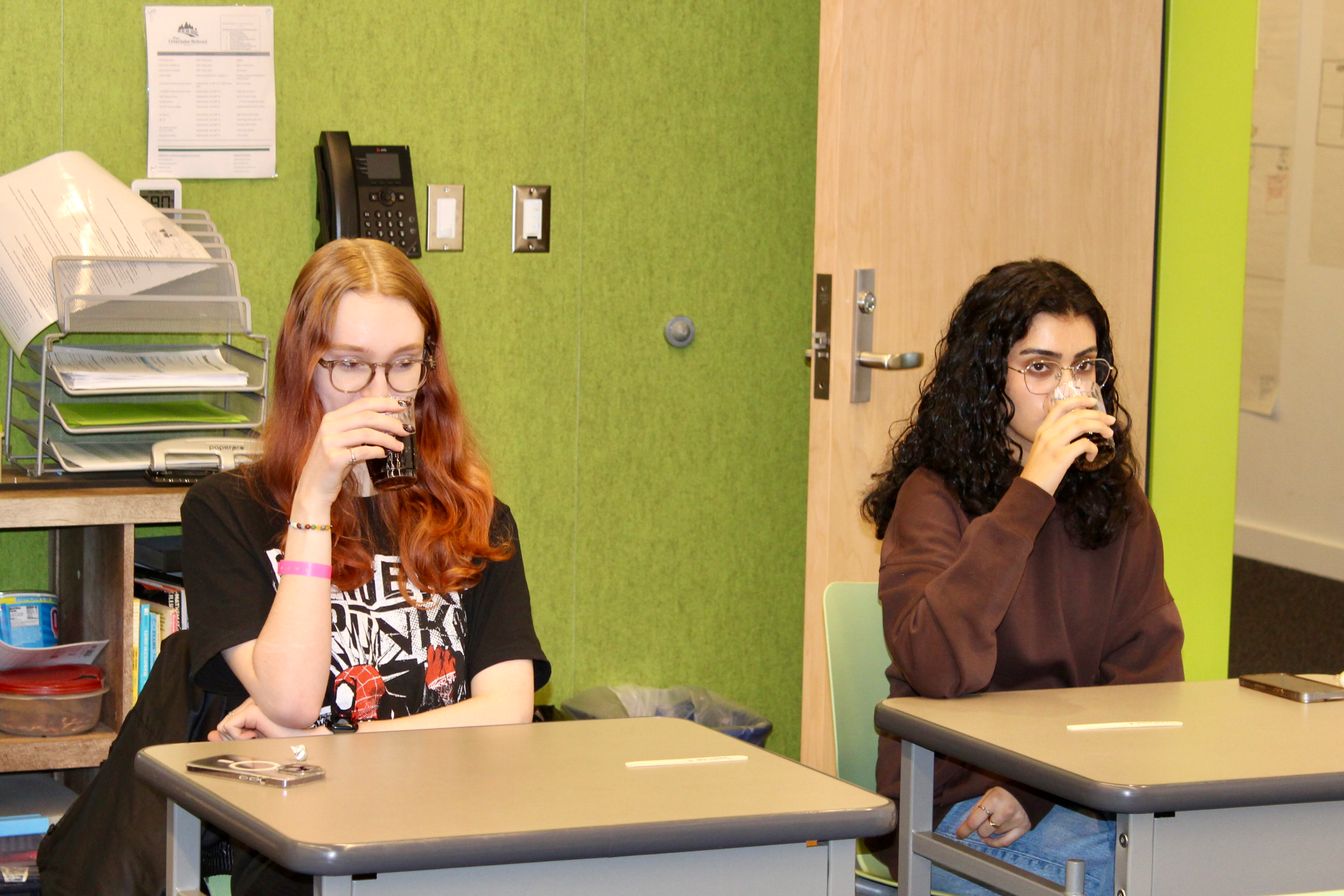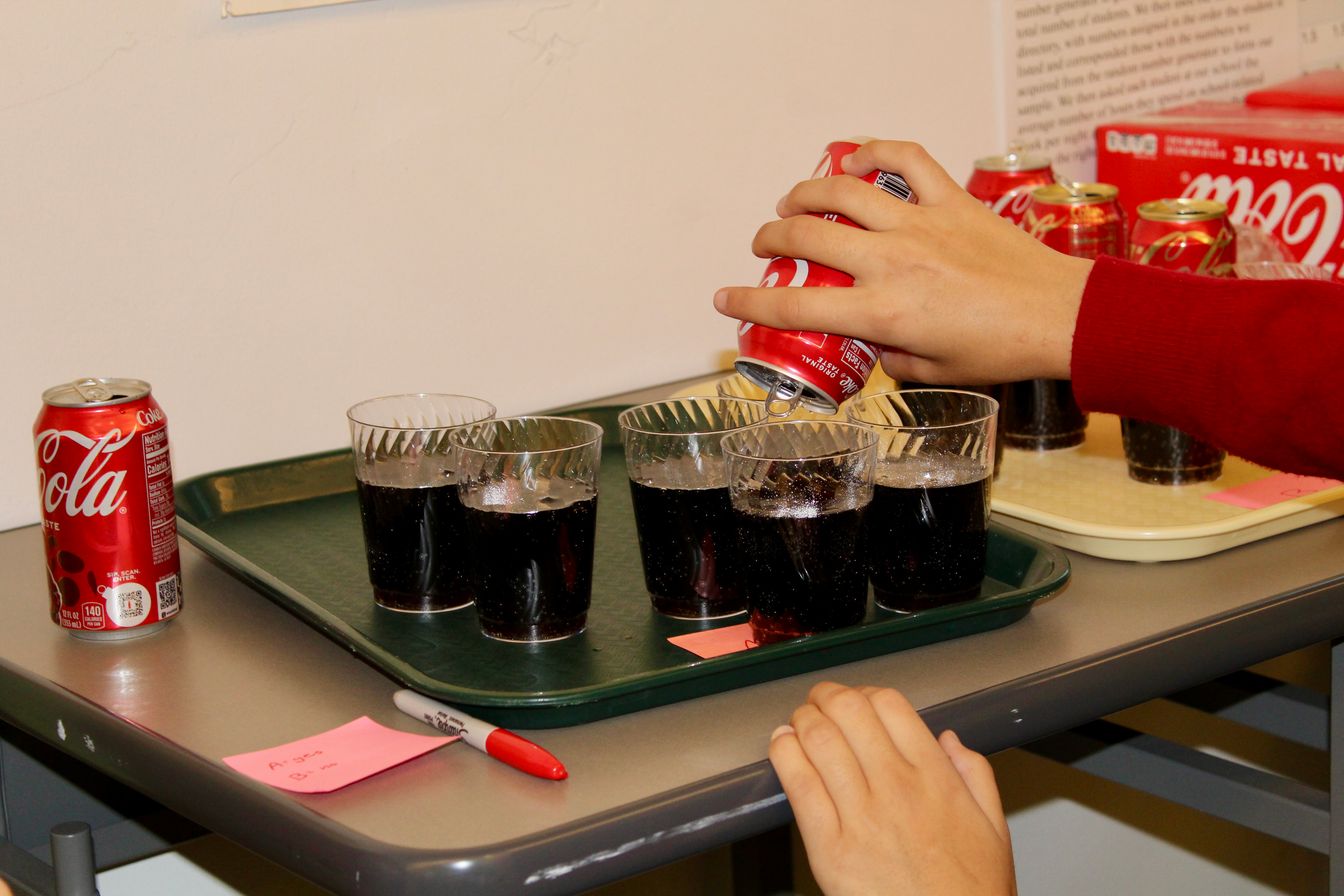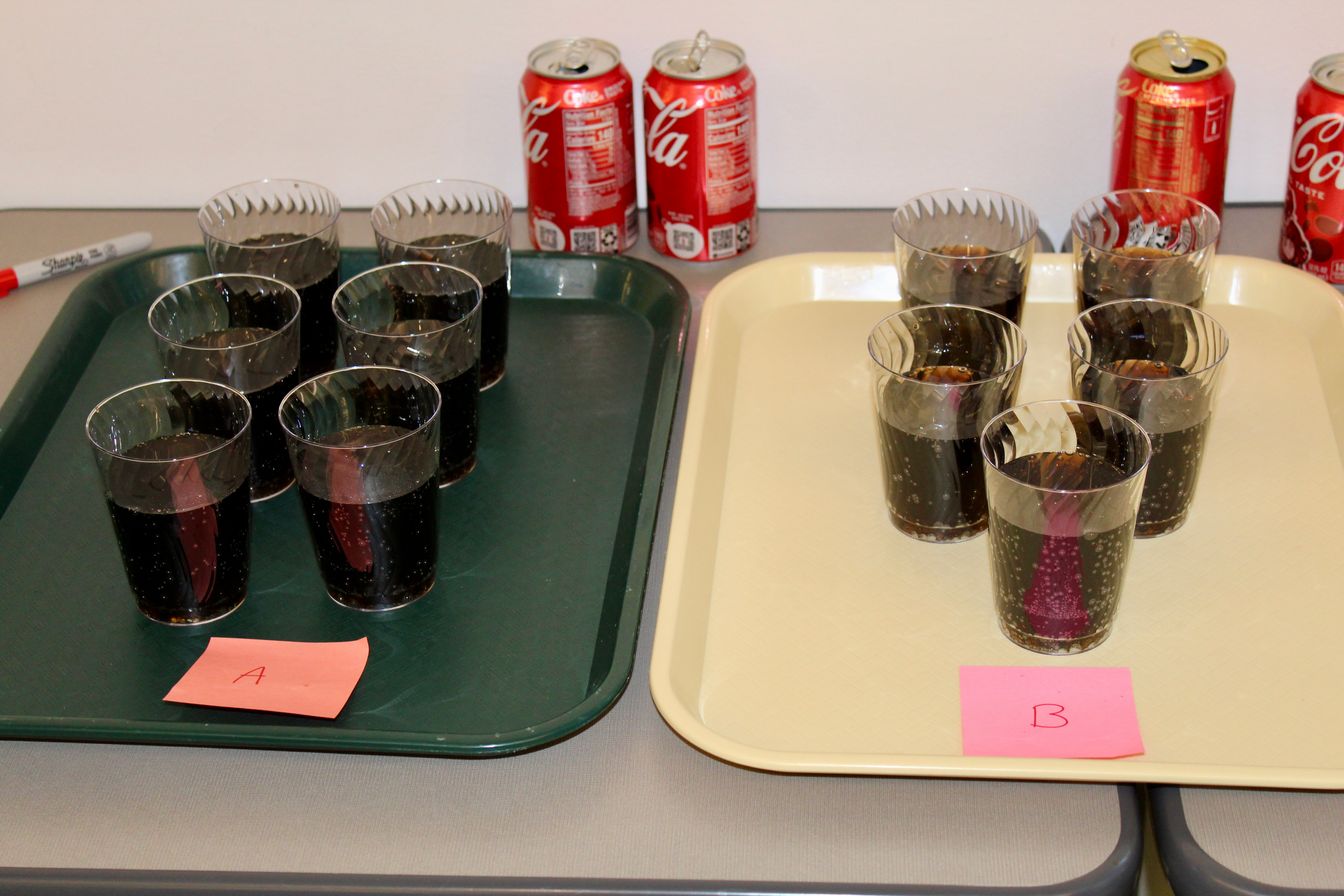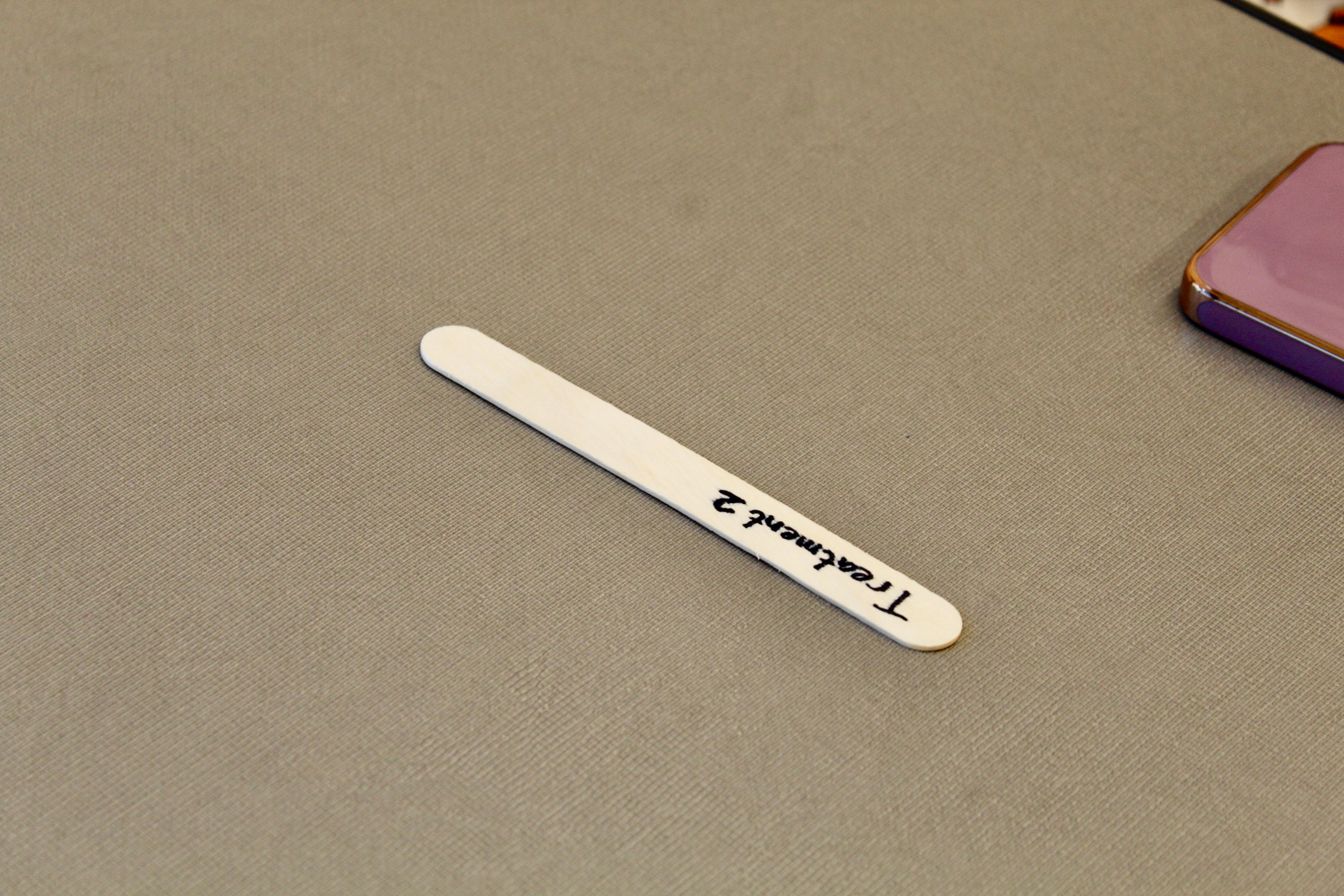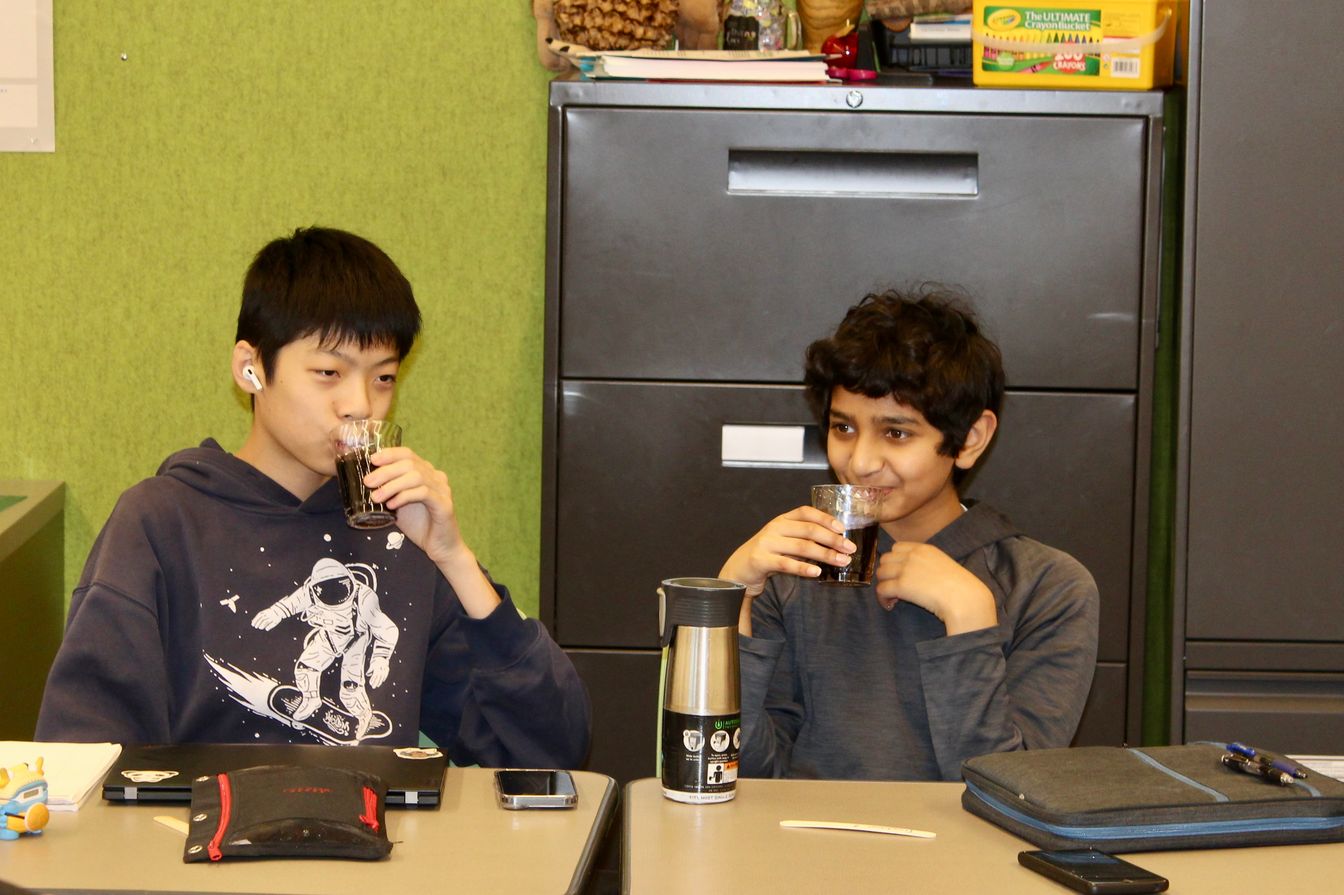Getting the Statistics Buzz
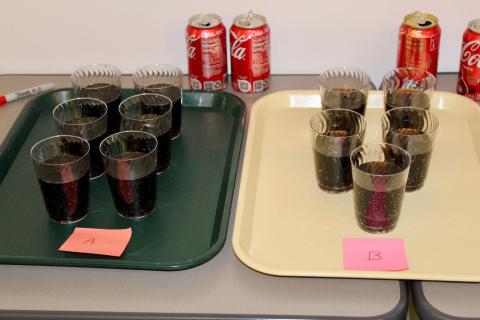
Kathy Finkenstadt’s AP Statistics class isn’t all about crunching numbers. Instead, there are hands-on activities she uses to get the class a buzzing- literally! “The activities in this class are designed to help with learning,” explains Finkenstadt. “I believe that for many the act of doing helps with memory and aids students in the understanding of the concepts. There’s an ‘okay, you read about it, now let's do it’ idea in the class. This engages a different part of the brain and aids in understanding.”
Her latest experiment involves the use of Coca Cola products – caffeinated cola and caffeine-free cola. The students who participated in the experiment didn’t know which cola they consumed. The students took their heart rate prior to drinking the four ounces, and then again 20 minutes later. The experiment was to see if the heart rate was higher of those students who consumed the caffeine than those who didn’t.
“I was six heartbeats more,” explains sophomore Sofia O., who was in the control group that drank the caffeinated soda. “I think it is a good way to understand concepts because while reading them in a textbook you might get the gist of it, but, doing an experiment, it personally really helps me understand why it’s so important to do random assignment or other concepts.”
Prior to the experiment, the class had learned about the various elements that make up a statistics experiment, understanding random sampling, control groups, etc. Senior Dahlia R. was also in the group that had the caffeine. “I was the weird negative 8 (heart rate change). Caffeine doesn’t really do anything to me.” Dahlia, who plans to study psychology and go to medical school says learning statistics now is a great start. “It makes me a lot more aware of what actually needs to be done, so when I see studies I’m more able to identify where there might be problems with the study that will make it unreliable. I think that is very helpful.”
Finkenstadt isn’t surprised to hear the student’s perceptions of the experiment, as that’s all part of the hands-on benefit to her class. “The fact that the environment was tough to control, and each class had different ‘lab techs’ and were at different times of the day might make students wonder how studies are conducted in general. How are samples chosen? How were the treatments chosen? Do we need a control group or placebo? The list goes on,” explains Finkenstadt. “My desire is that students learn some basic statistics and probability. This should allow them to better assess the world around them, make sense of articles that reference statistical studies, be able to think critically, and form valid conclusions.”

